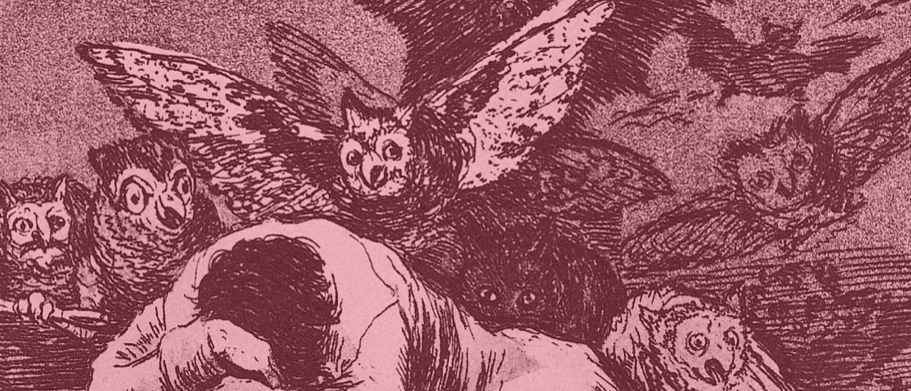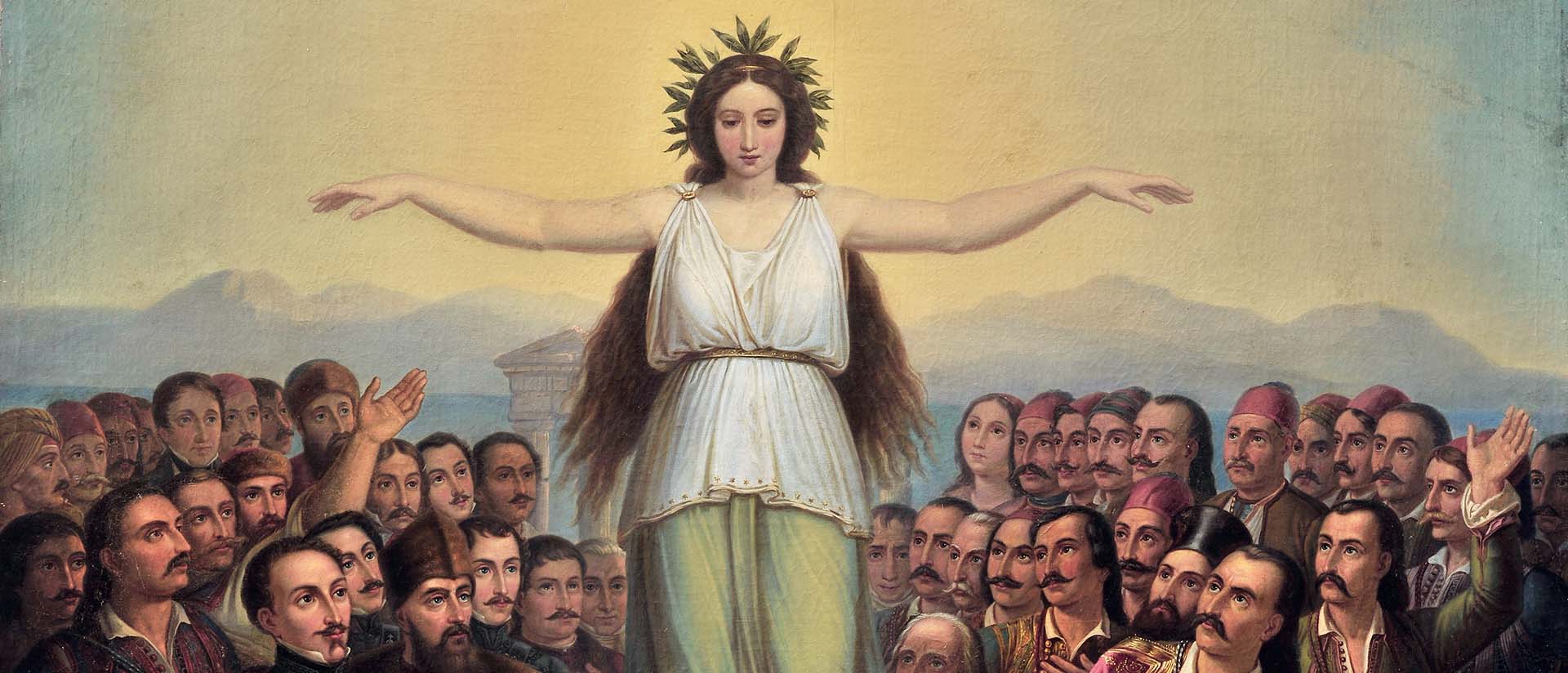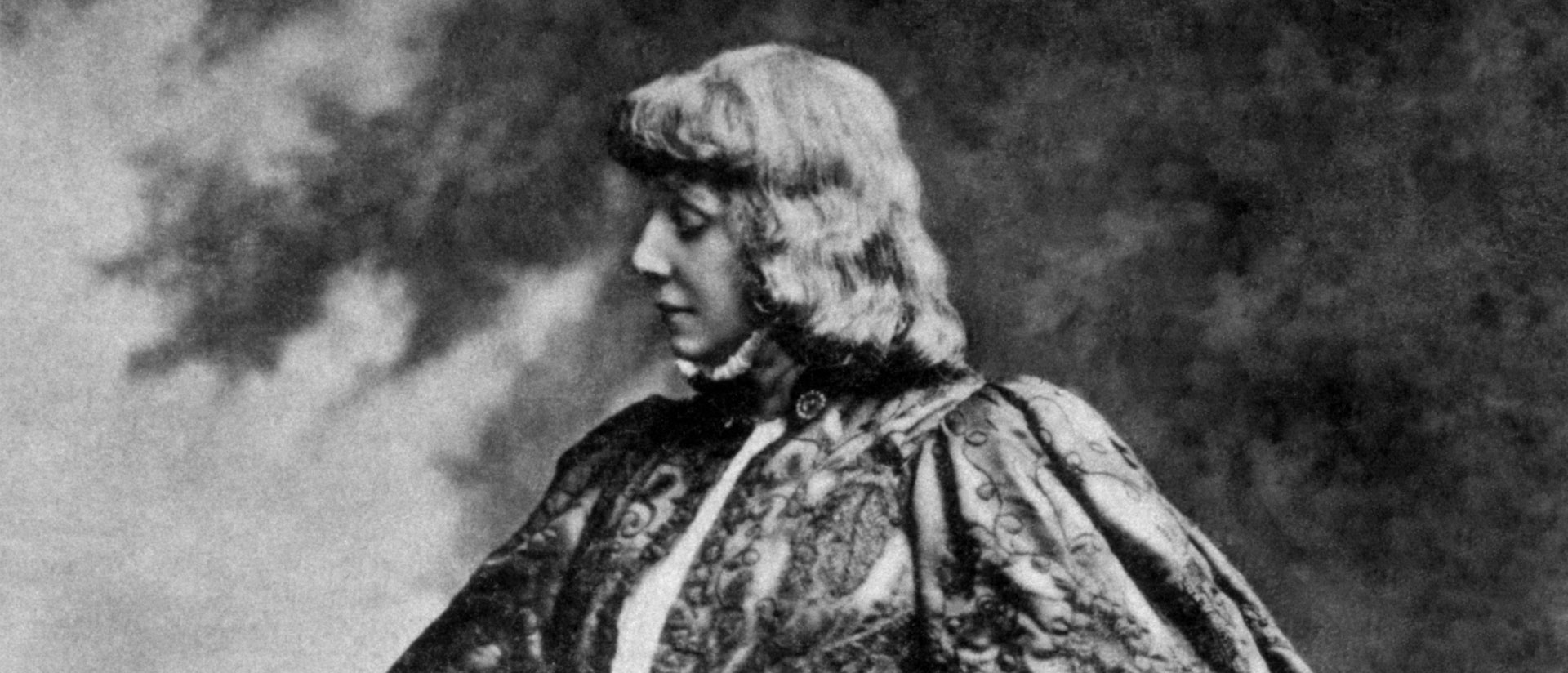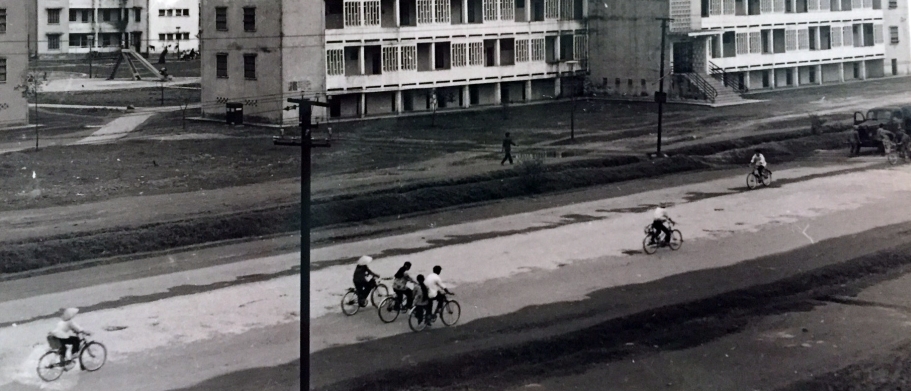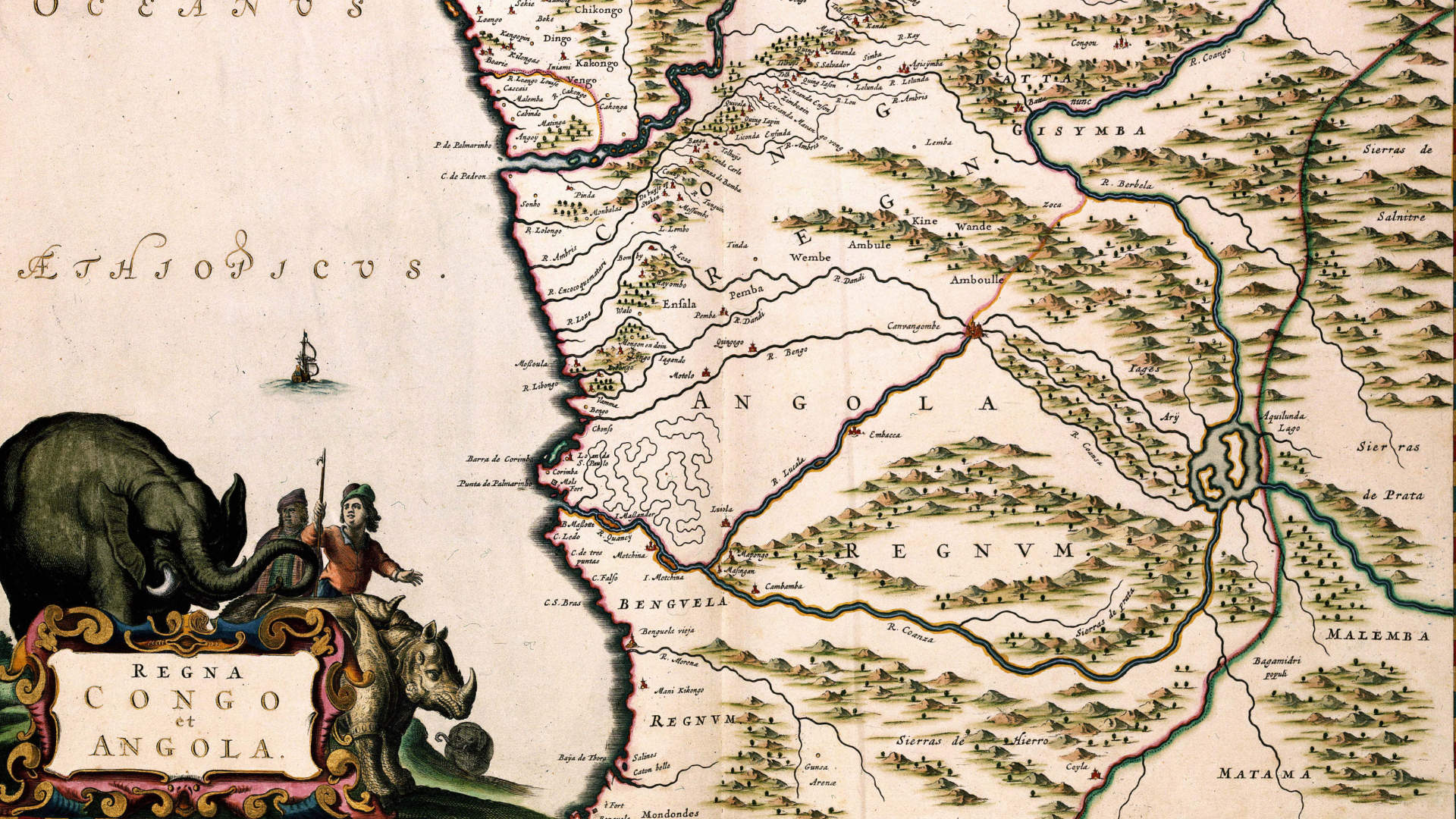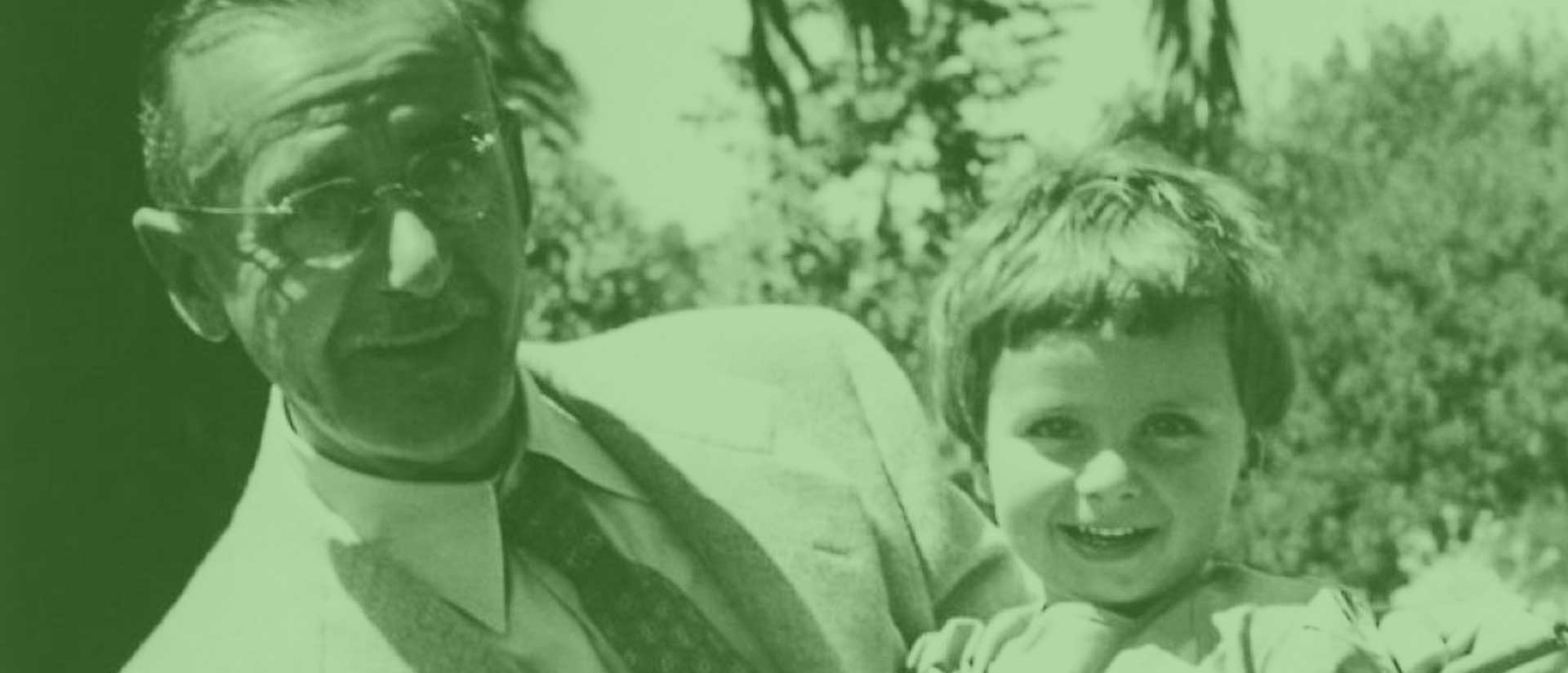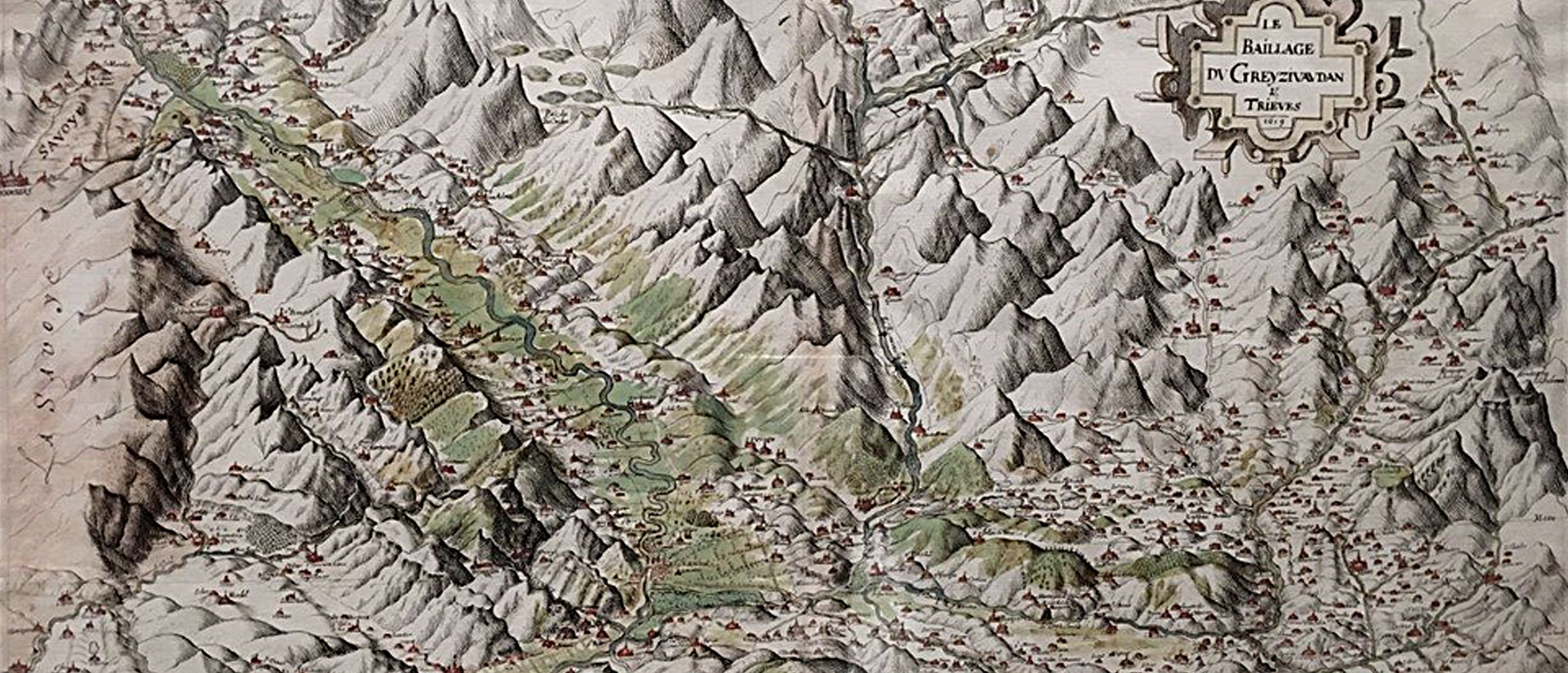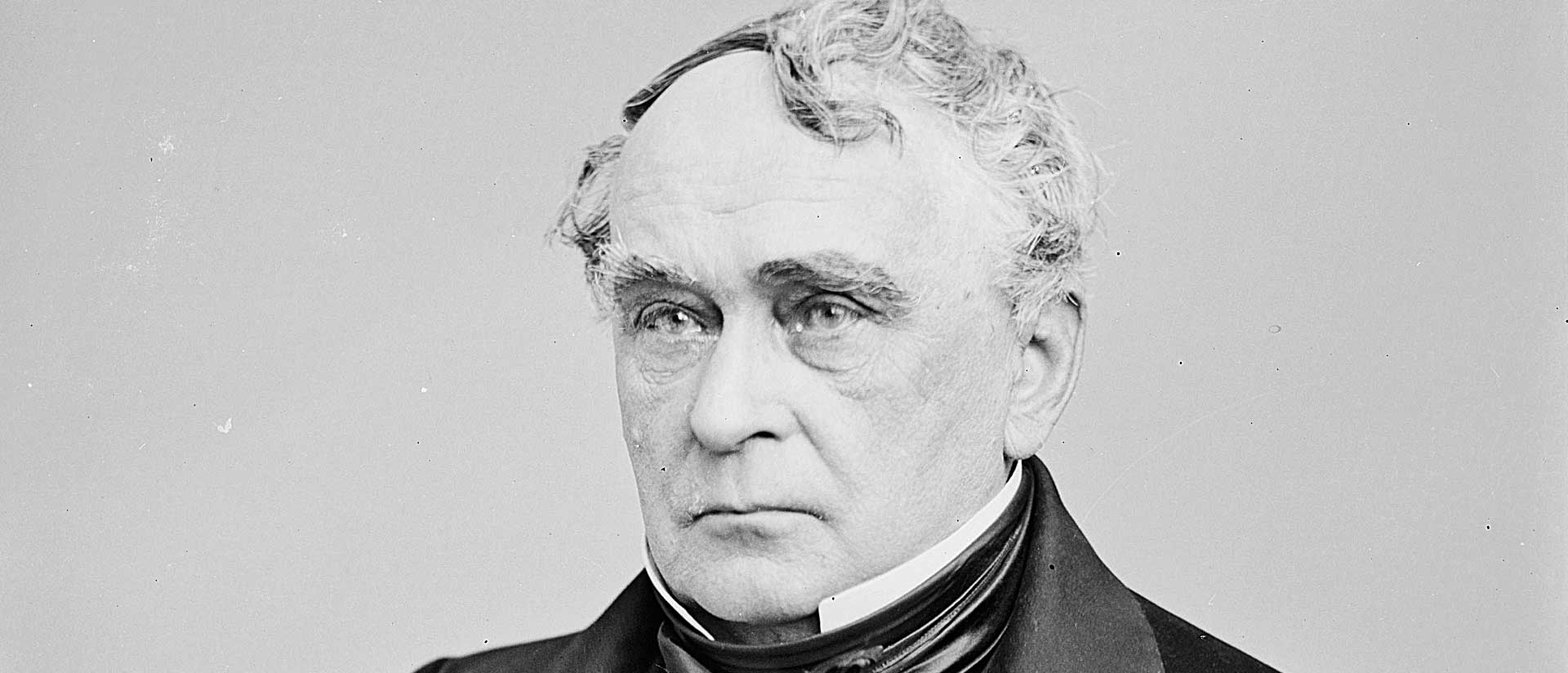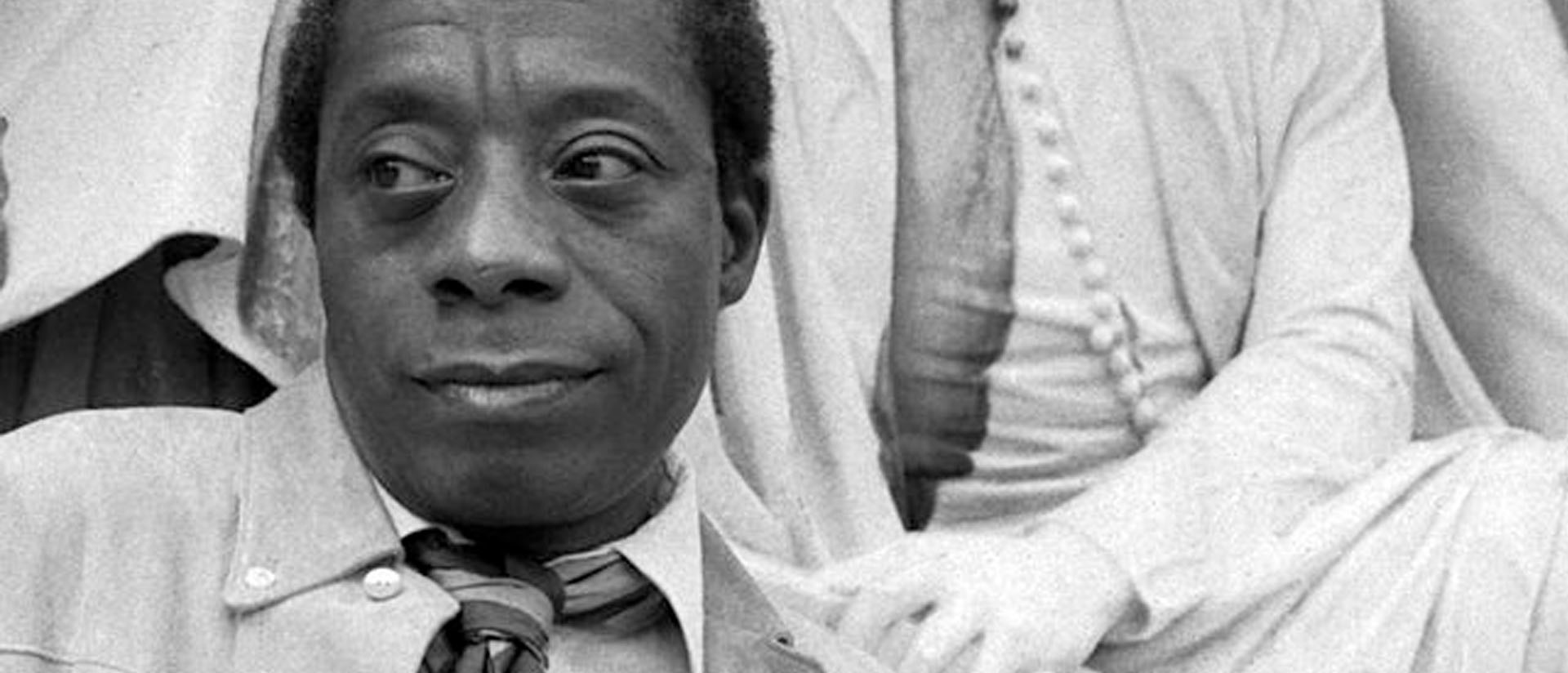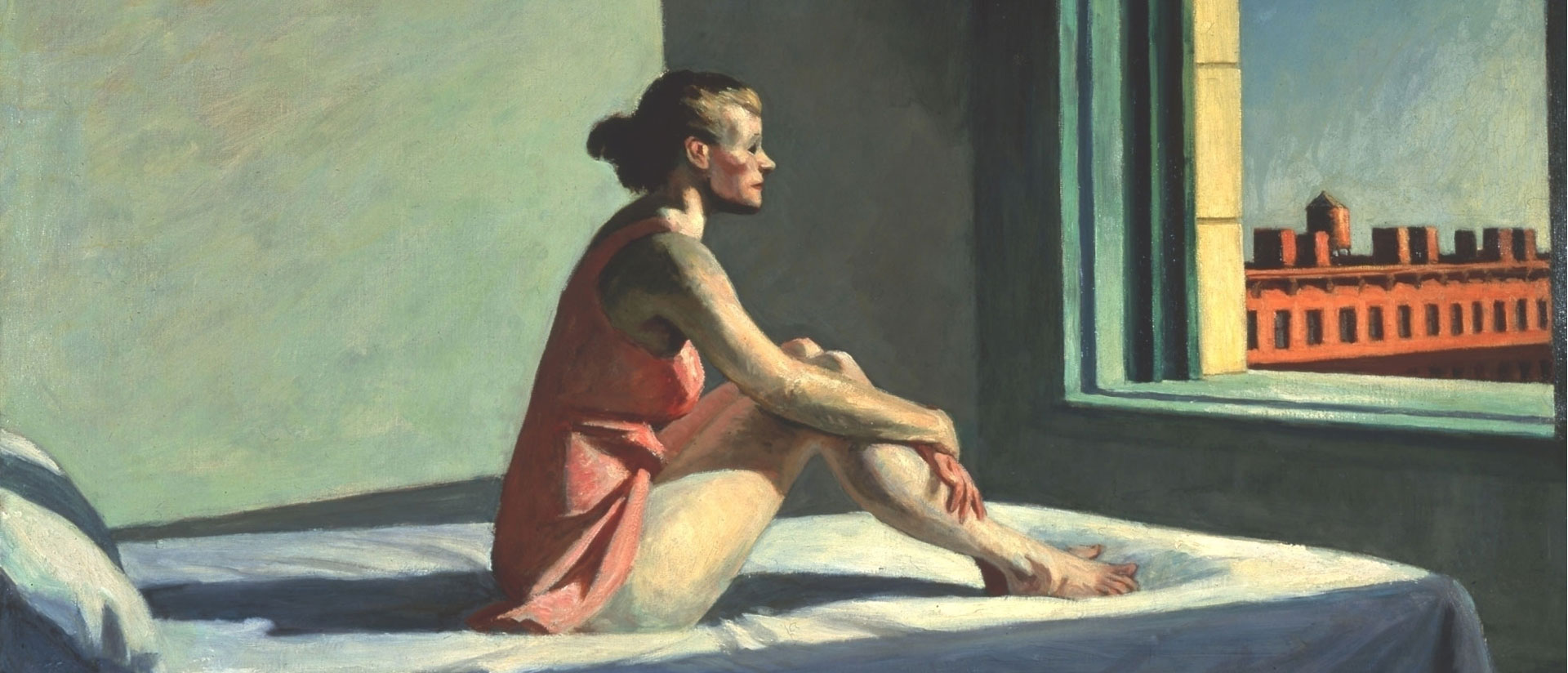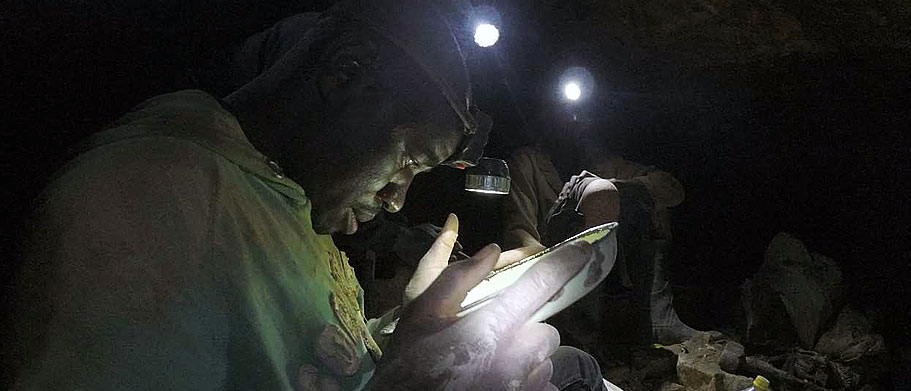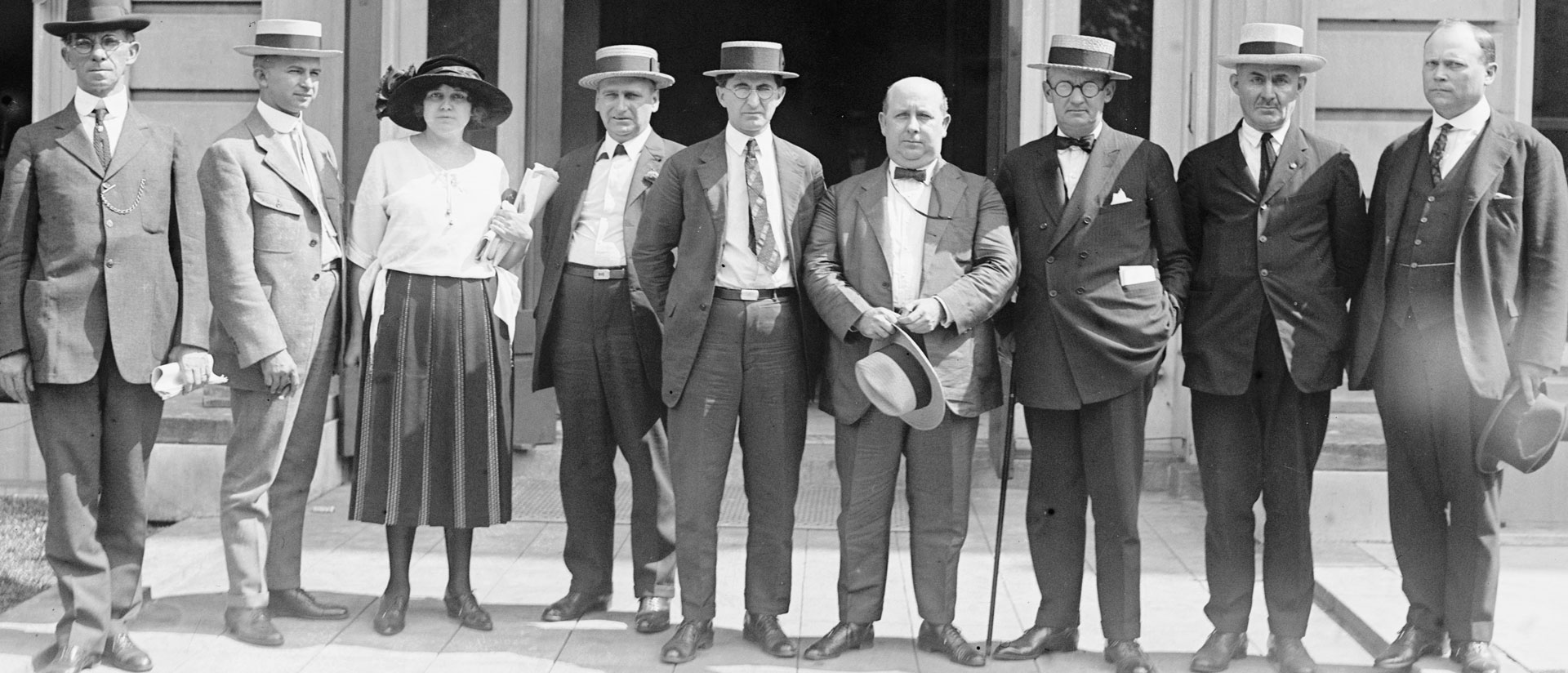
Out of This World
Whence Afro-German Afrofuturism?
by Priscilla Layne
The term “Afrofuturism” was first coined by cultural critic Mark Dery, in his 1994 essay “Black to the Future,” which described a decades-old cultural and theoretical phenomenon that had since spanned several countries in the African diaspora. Afrofuturism encompassed the space fantasies of jazz artist Sun Ra and the sci-fi stories and novels of Octavia Butler, and African diasporic artists’ engagement with science, science fiction, speculative fiction, and fantasy. Dery proposed that African Americans in particular had found solace in engaging in sci-fi narratives, whether in literature, music, or film. Considering the strangeness of African diasporic life, science fiction had become one of the most suitable genres for addressing their experiences. Dery writes,
African Americans, in a very real sense, are descendants of alien abductees; they inhabit a sci-fi nightmare in which unseen but no less impassable force fields of intolerance frustrate their movements; official histories undo what has been done; and technology is too often brought to bear on black bodies (branding, forced sterilization, the Tuskegee experiment, and tasers come readily to mind).
Articulating the African diasporic experience through science fiction allowed Black musicians, artists, and writers to highlight the alienating, inhumane, and otherworldly treatment of Black people throughout history. (I capitalize “Black” because I use it as a political category rather than a term that suggests separate races exist.) From the out- set, some of the key questions Afrofuturism has been concerned with are: Who is human? To what extent have Black people been excluded from the category of humanity? How does the legacy of dehumanizing Blacks (both in slavery and colonialism) continue to plague Black lives, whether those of unarmed Black men shot by police in the US or the lives of Black migrants who die in the Mediterranean?
Up until now, much of the scholarship surrounding these questions has focused on the United States. But the problem of anti-Blackness is also a German problem. In February 2017, for example, a damning report about Germany was issued by the United Nation’s Working Group of Experts on People of African Descent, claiming that African refugees were regularly faced with racism and violence in Germany. This might come as a surprise, considering that, only a year earlier, Germany was praised for taking in over one million Syrian refugees. But it is possible to both accept Syrian refugees and reject African refugees, if one identifies the problem not as xenophobia, but of anti-Blackness. That bias has a long history, of course, and one that presages Afrofuturism’s appearance on the scene in German art, literature, and theater in recent years.
Despite a presence in Germany that reaches back centuries, Black Germans have only in recent decades been acknowledged as a part of the national community. Since the 1980s, Black German scholars such as May Ayim, Katharina Oguntoye, Fatima El-Tayeb, and Marion Kraft have not only traced the historical documentation of this presence, they have also theorized why white Germans have been so invested in ignoring and excluding Black German history. Scholars have pointed to three main reasons: white Germans have equated Germanness with whiteness since the eighteenth century, and therefore Black Germans were considered an ontological impossibility, labeled with derogatory monikers such as Mohr or Neg- er. Second, though there have been several movements led by Black Germans who wished to be recognized as members of the national community—including during the Weimar Republic and, later, in the 1980s—their relatively small number made it difficult to achieve the kind of critical mass necessary for a political movement to garner broader attention. Third, part of Black Germans’ structural invisibility had to do with postwar Germany’s commitment to not recognizing the constructed category of race.
In the US, citizens are frequently asked to check a box indicating whether they are white, Black, Asian, Native American, or Other. In Germany, no such category exists. This does not mean, of course, that race has been a non-issue in post-1945 Germany. Rather, Blackness had become the new parameter according to which Germanness was defined and policed. One especially visible example of this binary thinking was the case of the 5,000 Afro-German children born during the immediate World War II years to German women and African American GIs. Dubbed “Brown Babies,” they aroused fears that their inherent otherness (their Blackness, not their dual nationality) would make it impossible for them to assimilate. Suggestions were float- ed to have the children adopted by African American families abroad. Barring that, and accordant with paternity laws at the time, children born out of wedlock—as most of these children were—became wards of the state. Many of the children were removed from the homes of their biological mothers and fathers to grow up in orphanages.
The generations of Afro-Germans born since then have diverse backgrounds; some are second or third generation Afro-Germans; some have African American, African, Caribbean, or Afro-European parents. Still, this sociohistorical context puts Black Germans in an epistemological bind. Though they have experienced racism, exclusion, harassment, and violence motivated by a perceived racial difference, the historical taboo surrounding the term “race” has prevented white Germans from acknowledging such mistreatment as racism. Instead, discrimination is often explained away as an interpersonal singular incident, or as motivated by xenophobia. But “xenophobia,” of course, refers to a fear of someone foreign; many Black Germans are German citizens, were born and/or raised in Germany, speak fluent German, and are, as scholar Fatima El-Tayeb claims, quite successfully “integrated.”1 As a result, Black Germans suffer from a racism they are not allowed to name.
For decades, Black Germans have approached this dilemma by attempting to gain recognition for their membership in the national community. Over the course of the past forty years, autobiographies have been published about the experience of being both Black and German, including by Black Germans born in the Weimar era (Theodor Michael’s Black German: An Afro-German Life in the Twentieth Century, 2017), prior to Hitler’s rise to power (Hans-Jürgen Massaquoi’s Destined to Witness, 1999), following World War II (Ika Hügel-Marshall’s Invisible Woman, 1998) and who grew up in East Germany (Gerd Schramm’s Wer hat Angst vorm schwarzen Mann, [Who’s Afraid of the Black Man] 2011). Additional volumes are published each year, often with titles that focus on the author’s otherness. Faced with a German public that has long tried to erase or obscure a Black presence, Black German autobiographical texts of- ten function as an act of declaration that demands recognition of Black German subjects. Throughout the twentieth century, the act of claiming German subjectivity has been an important speech act claiming a more inclusive definition of German identity not based on whiteness.
Even though white Germans have become more comfortable with and accepting of Black Germans, in the current political moment—plagued by anxieties about globalization and migration—this acknowledgment is not enough to battle anti-Black racism in Germany. While Black German autobiographies may testify to the ways in which Afro-Germans can be accepted as part of the national community, their existing status as ethnic German citizens might be what makes such acceptance more feasible. This is not the case for the other Black people in Germany—immigrants, asylum seekers, and refugees.
The consideration of how the status of citizenship can impact anti-racist activism has also affected the Black German community at large. While much of the early Black German activist work in the 1980s and 1990s concentrated on the experience of Afro-Germans or Germans with one white German parent and one parent who is from the African Diaspora, in recent years this focus has widened to include Black people in Germany who may not be citizens and not ethnically German. This shift can be seen, for example, in the decision by the organization Initiative Schwarze Deutsche (Initiative of Black Germans) to change its name to the Initiative Schwarze Menschen in Deutschland (Initiative of Black People in Germany). This purposeful inclusion of all Black people in Germany in Black German activism acknowledges, firstly, that the problems of racism do not only affect Black German citizens, and, secondly, that the way in which non-citizen Blacks are dehumanized in anti-immigrant political rhetoric can affect Black German citizens. That’s the poison of blunt racism: it does not discriminate. This is why scholar Peggy Piesche proposes the possibility that “. . . citizenship for Black (Germans) and POC remains a mirage.”2
Engaging with Afrofuturism has been one strategy Afro-German artists have relied upon to provide new, liberating representations of Black people, to expose structural racism, rewrite the past, explore the future, and to try out alternative, more hopeful worlds in their art—from the “Afronauts” painting cycle (1999), by Daniel Kojo Schrade, and the poetry of Philipp Khabo Köpsell, to the prose of Sharon Dodua Otoo, in the novella Synchronicity (2014) and her Ingeborg-Bachmann-Prize-winning short story “Herr Gröttrup setzt sich hin” (“Herr Gröttrup Sits Down,” 2016), to the plays of Olivia Wenzel (Mais in Deutschland und anderen Galaxien [Corn in Germany and Other Galaxies], 2015, and We are the Universe, 2016) and Simon Dede Ayivi (First Black Woman in Space, 2016). Increasingly since the mid-2000s, in fact, a young generation of Afro-Germans has turned increasingly towards the Afrofuturist modes of science fiction, speculative fiction, and fantasy. This is perhaps because of all of the dangers facing Black people across the West: police brutality, the prison industrial-complex, hate crimes, necropolitics—sad developments that evince a world where it is difficult for Black life to exist. The question of whether or not Black lives will matter in the future is a concern not just for African Americans, but also for Black people in Germany, where anti-Blackness enters public discussions in the form of neo-Nazi violence, mistreatment of Black refugees, and the disregard for Black life lost in the Mediterranean. A Berlin chapter of Black Lives Matter was founded in late 2017.
The prime imaginative mover of Afrofuturist sentiment globally is creating a world beyond earth that is safe for Black people, especially because so many representations of the future have been populated solely by white people. Sun Ra (neé Sonny Blount), one of the first Afrofuturist artists, not only claimed to be from Saturn, but in his landmark film Space is the Place (1974), he envisioned that he would take African Americans and Latin@s away from the racism and oppression of the United States on a space ship. Over forty years later, his message has not lost its relevance. African diasporic artists and intellectuals are rethinking our concept of the world, and to what extent our current world, whether that refers to earth, a specific country, or a specific neighborhood, might be deadly for Black people. In Between the World and Me, Ta-Nehisi Coates envisions that his childhood neighborhood of West Baltimore was a separate “world,” subjected to different laws of gravity and force than the world inhabited by white Baltimoreans. Visual artists like African American Nick Cave and Nigerian Yinka Shonibare create statues of “soundsuits” and “Afronauts,” respectively, suggesting that Black people need a special protective covering to shield them from toxic atmospheres on earth.
In the beginning, theorization of Afrofuturism was closely tied to African American culture, owing to the immense trauma of slavery that looms particularly large. But this model does not necessarily work when discussing Black European Afrofuturism, which typically locates its African diasporic roots in postwar migration, whether American soldiers occupying Germany, African immigrants traveling to Europe to study or work, or African refugees fleeing for economic and political reasons. And so, as the future draws closer every day, it is worth asking what in Afrofuturism particularly appeals to contemporary Afro-German authors and artists, and what kinds of interventions might they be trying to make into the Afro-German archive and the German discourse on race by way of Afrofuturism. If we can understand more clearly what they are doing, and why, maybe we can then understand how Afro-German Afrofuturism is a way to break entrenched binary ways of thinking about race, culture, and identity.
NOTES
(1) Fatima El-Tayeb, “Blackness and its Queer Discontents,” in Re-mapping Black Germany: New Perspectives on Afro-German History, Politics and Culture, edited by Sara Lennox (Amherst: University of Massachusetts Press, 2016), 243-259.
(2) Peggy Piesche, “Towards a Future African Diasporic Theory: Black Collective Narratives Changing the Epistemic Map,” frauen*solidarität 1 (2006): 24.
Image: detail of a Nick Cave soundsuit. Photo: Abbey Hambright. Image courtesy Creative Commons 2.0



